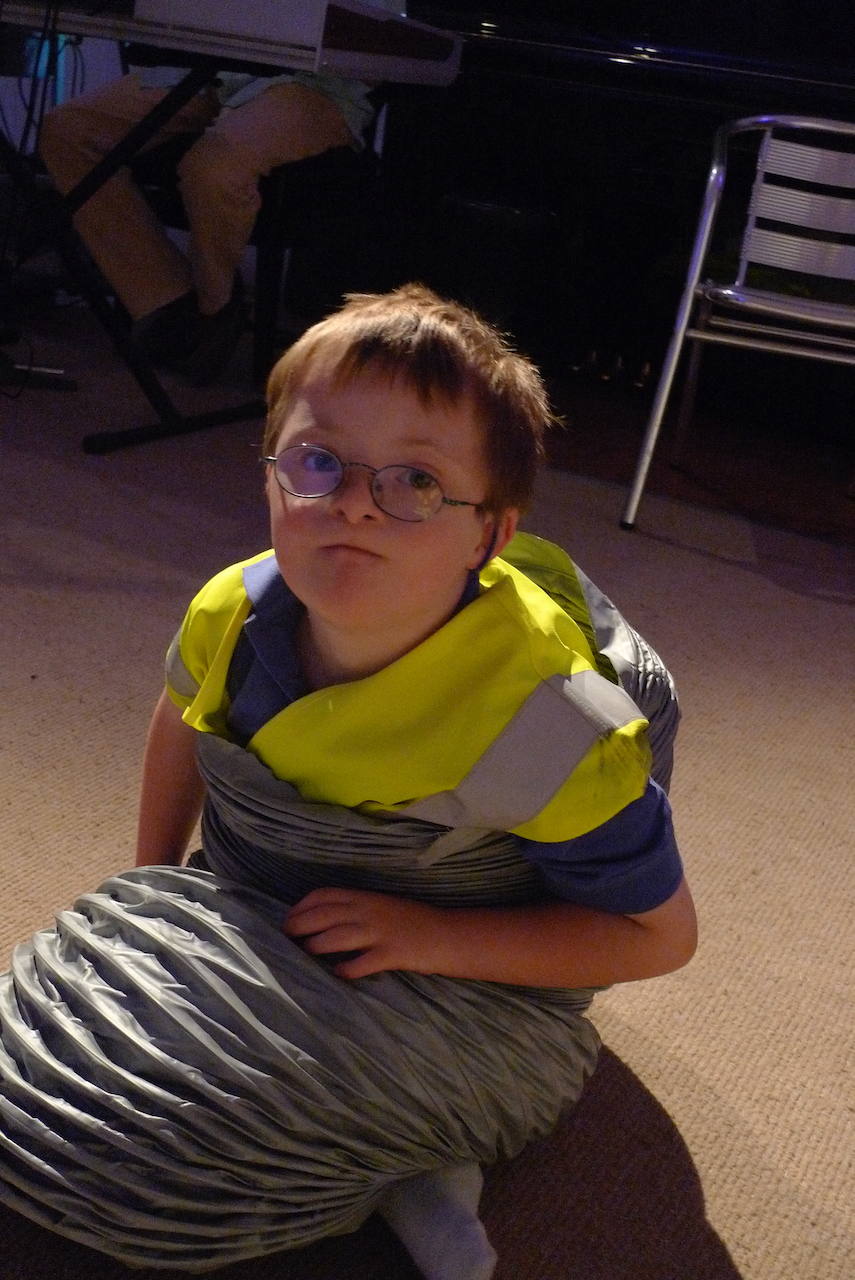Tubes
Be it long, short, smooth,
corrugated, stiff or flexible, tubes come in many shapes and sizes and can be
used for a variety of activities. Local carpet shops will often give away large
carpet tubes on request and these are invaluable for both building and
sound-making. Tumble drier venting is a great resource and worth investing in for
the many ways it can be used. Plastic piping of all widths can be found in DIY
shops and is also extremely versatile.
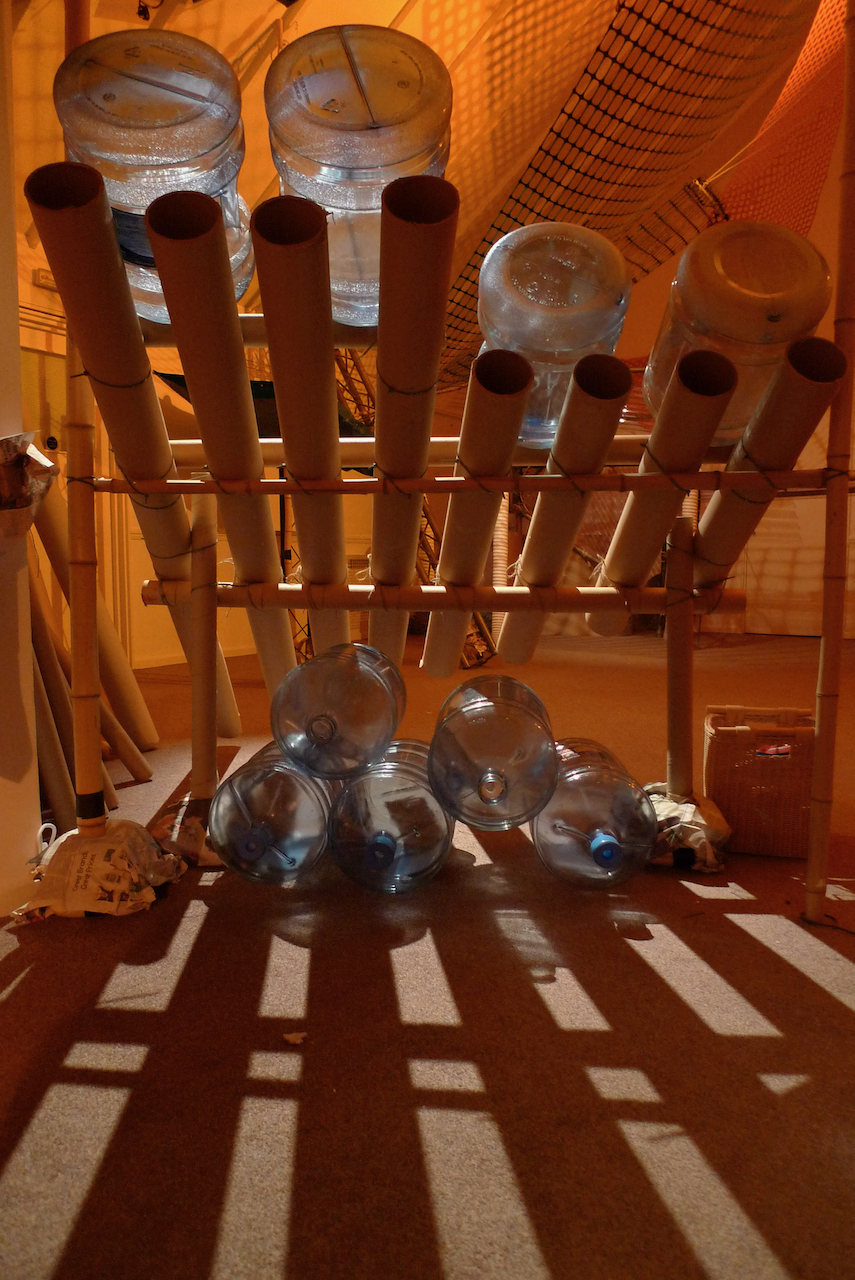
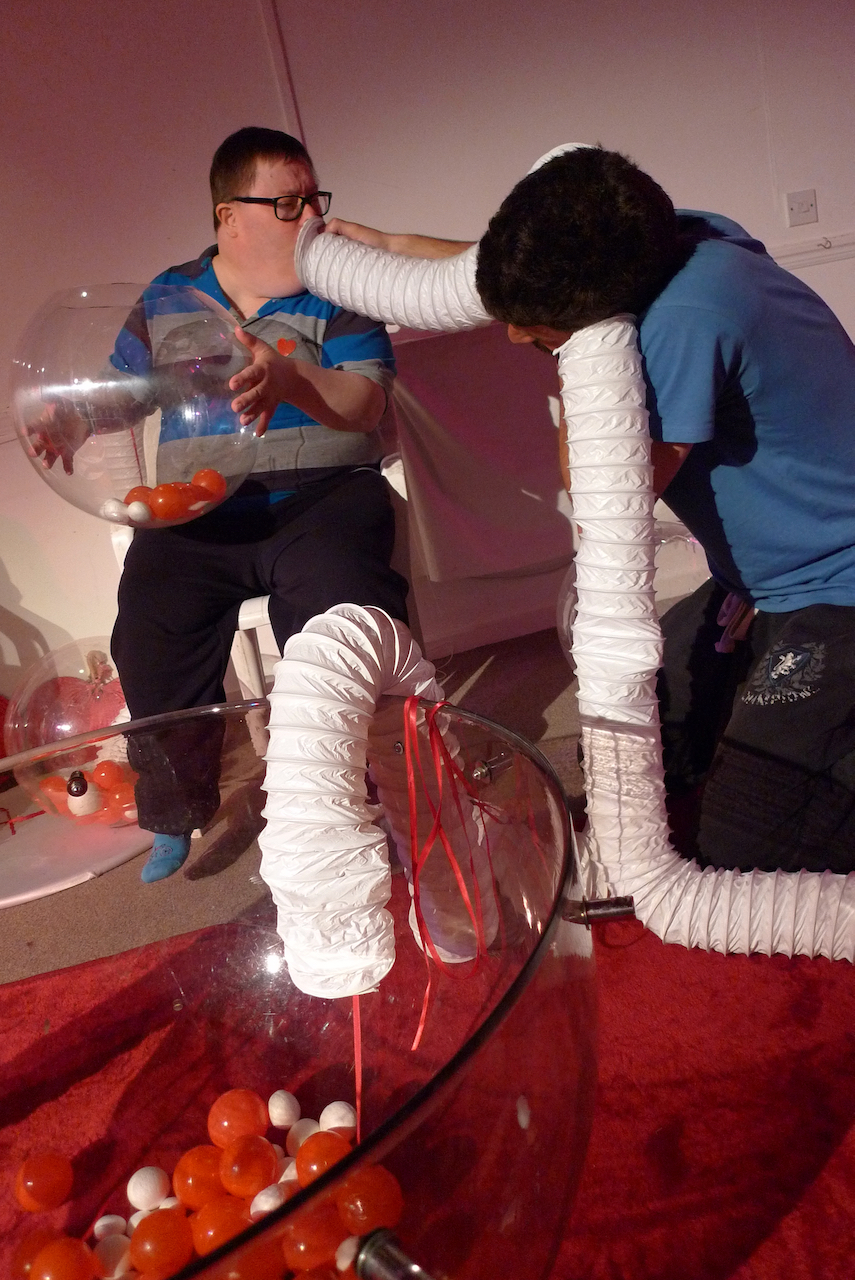
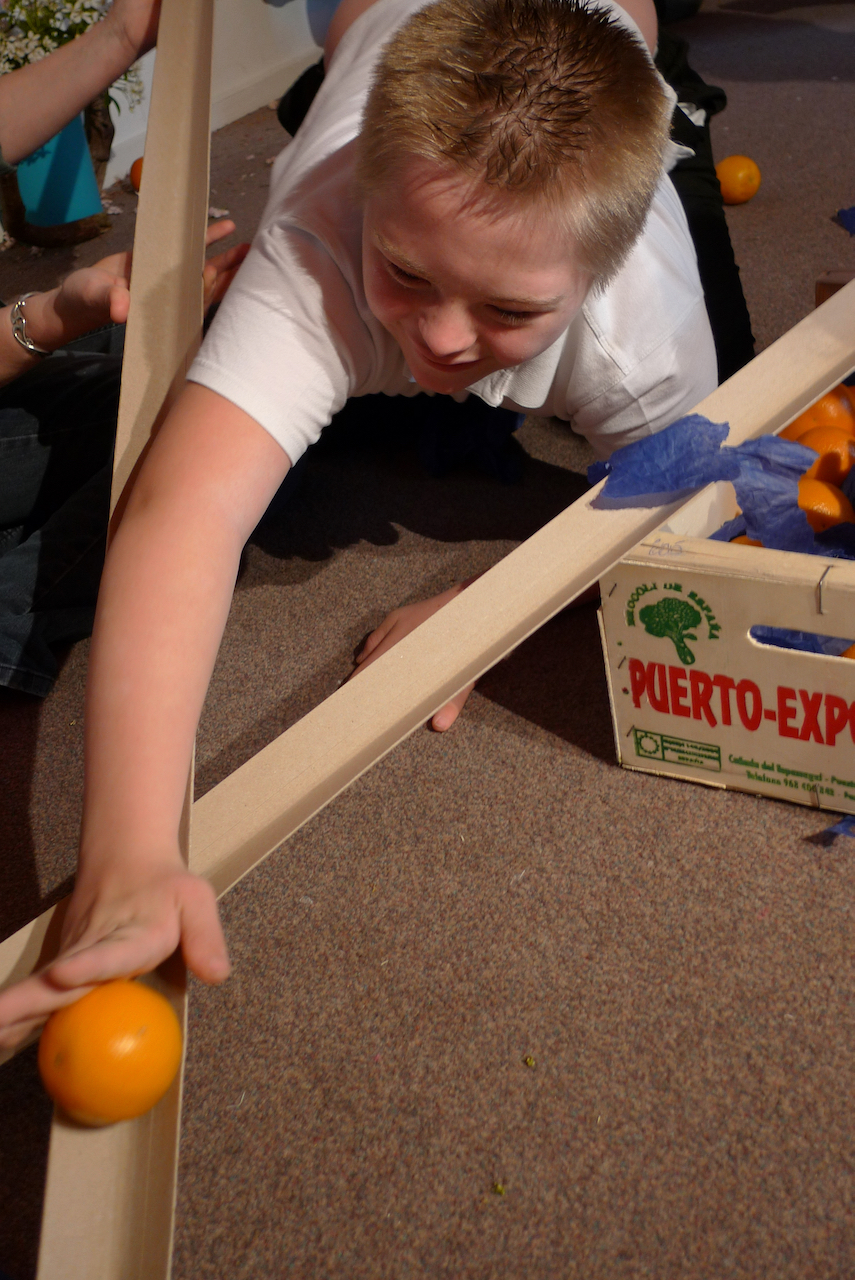
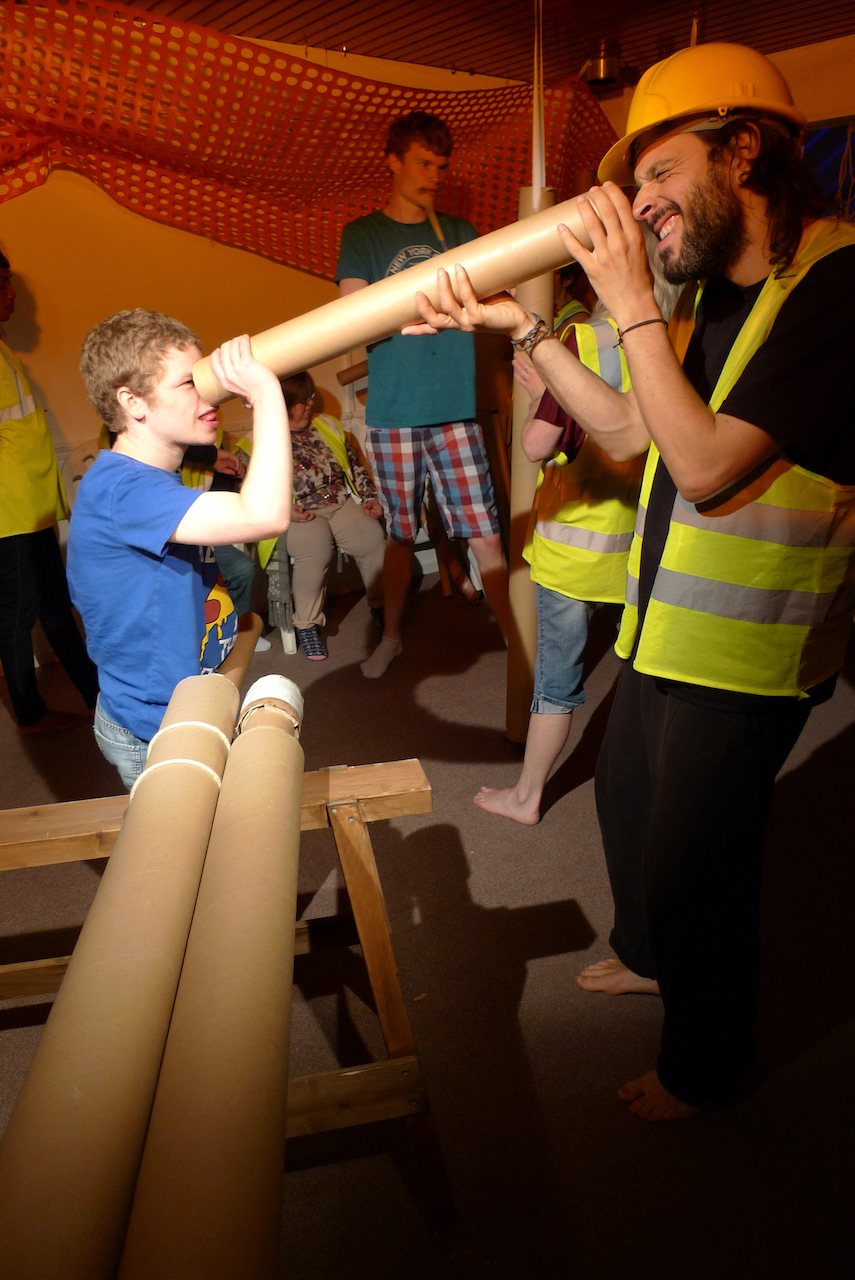
Carpet Tubes can be used to create environments, either standing alone or
lashed together. They provide a cheap resource for building a space and are
easy to drill holes in for tying. They look imposing and are smooth and warm to
the touch under lighting.
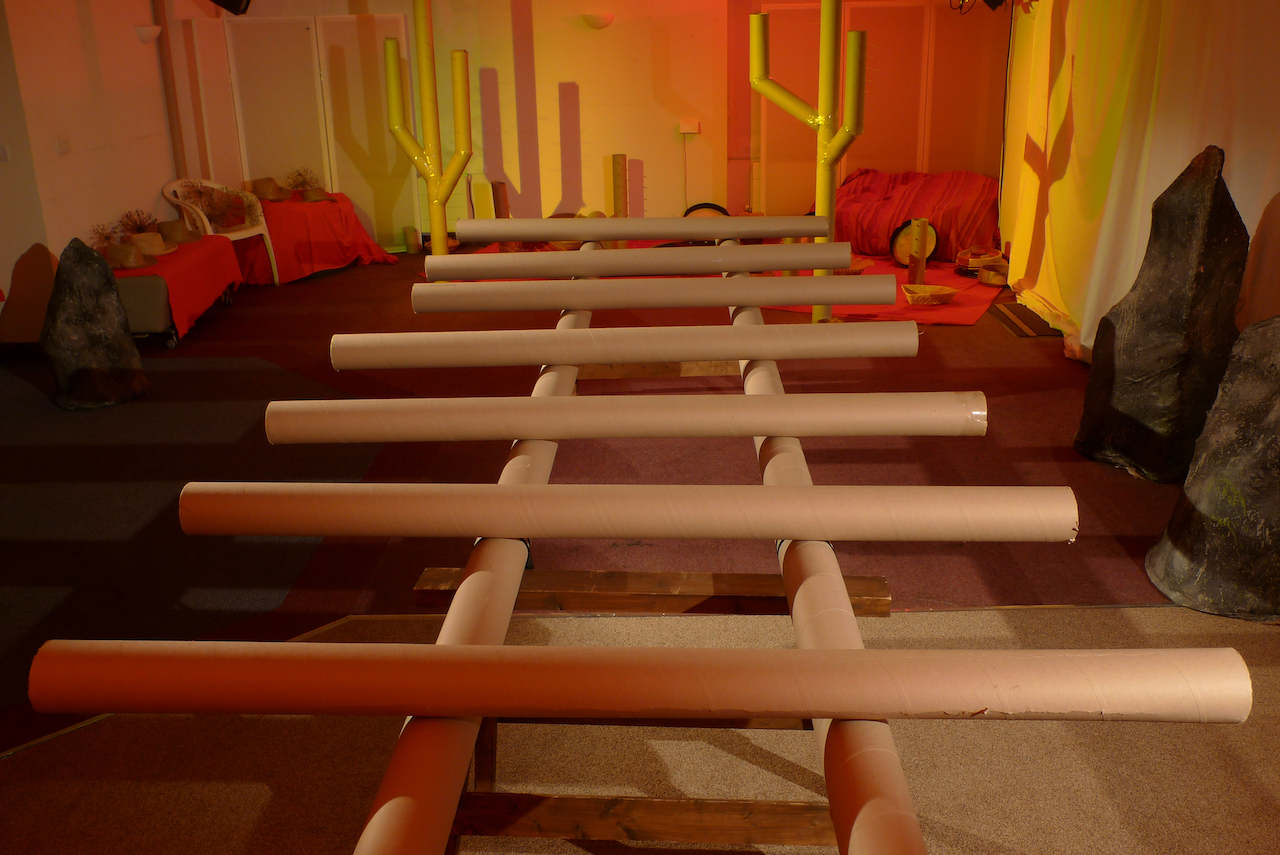
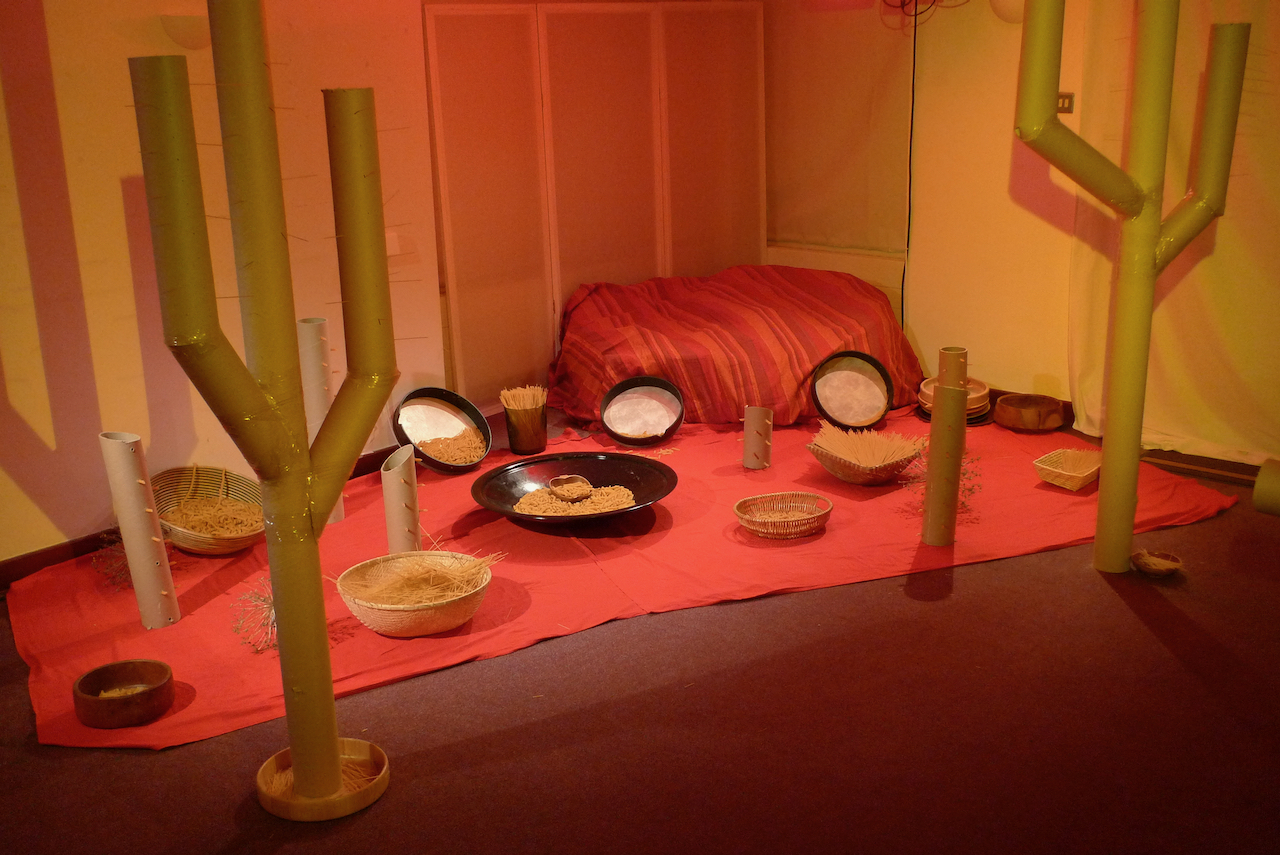

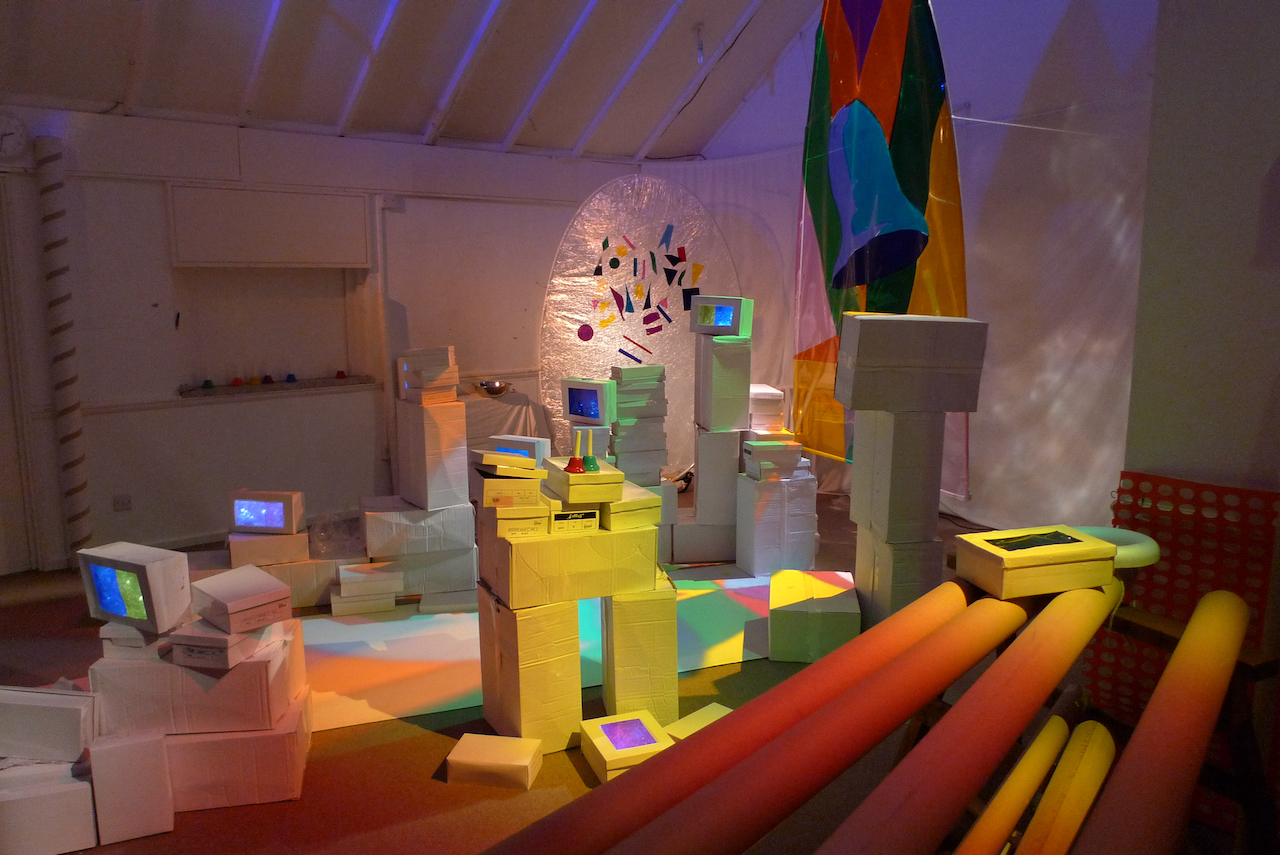
Cutting to prescribed lengths enables tuning,
so tubes can be played as instruments, as well as just tapping to give rhythms.
Dropping them on the floor or tapping the ends
with a bat (or flip-flop) creates sounds and vibrations that can be heard (or
felt) by participants nearby.

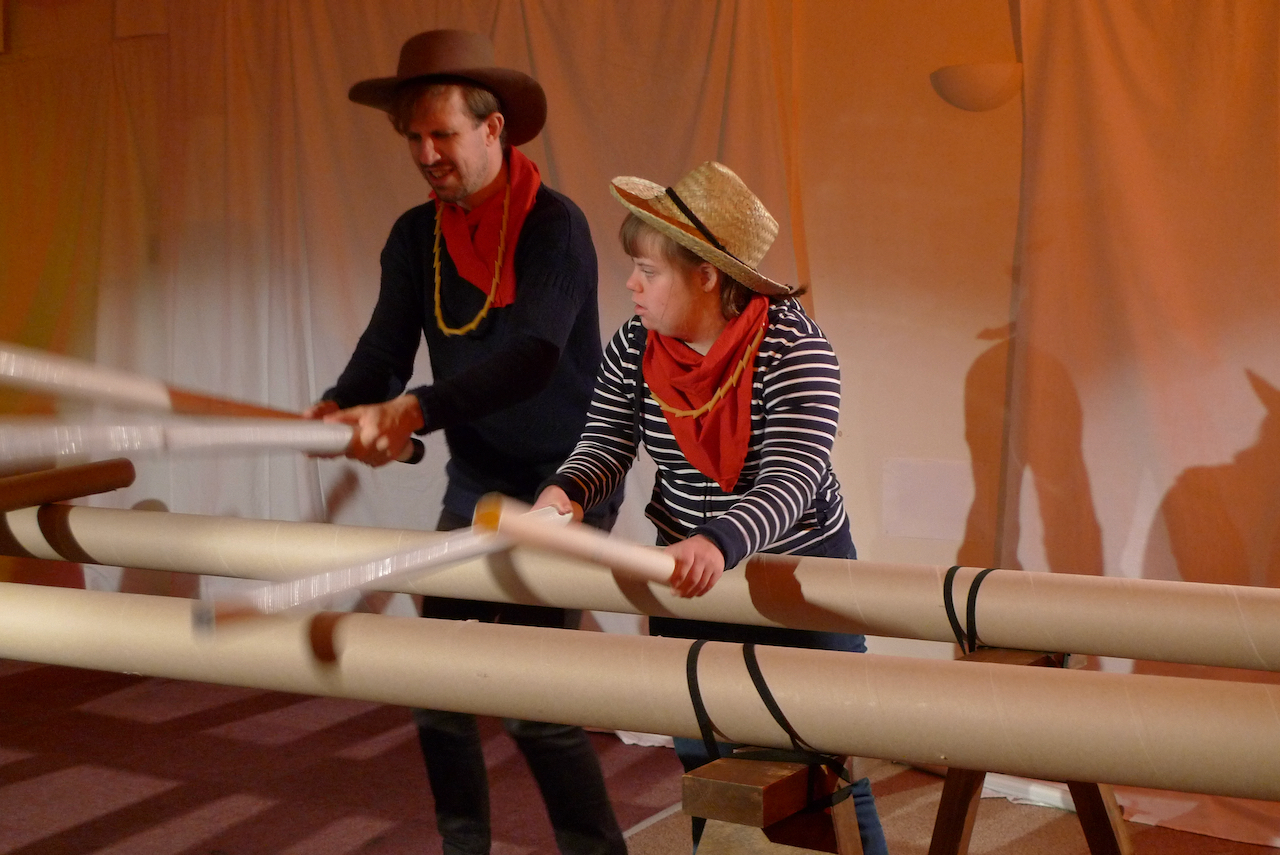
Hanging on elastic and bouncing on the floor gives a similar percussive effect. Smaller cardboard tubes can be tapped and rolled, looked through, listened or called through, often very useful for one-to-one work with a participant who finds it hard to focus.

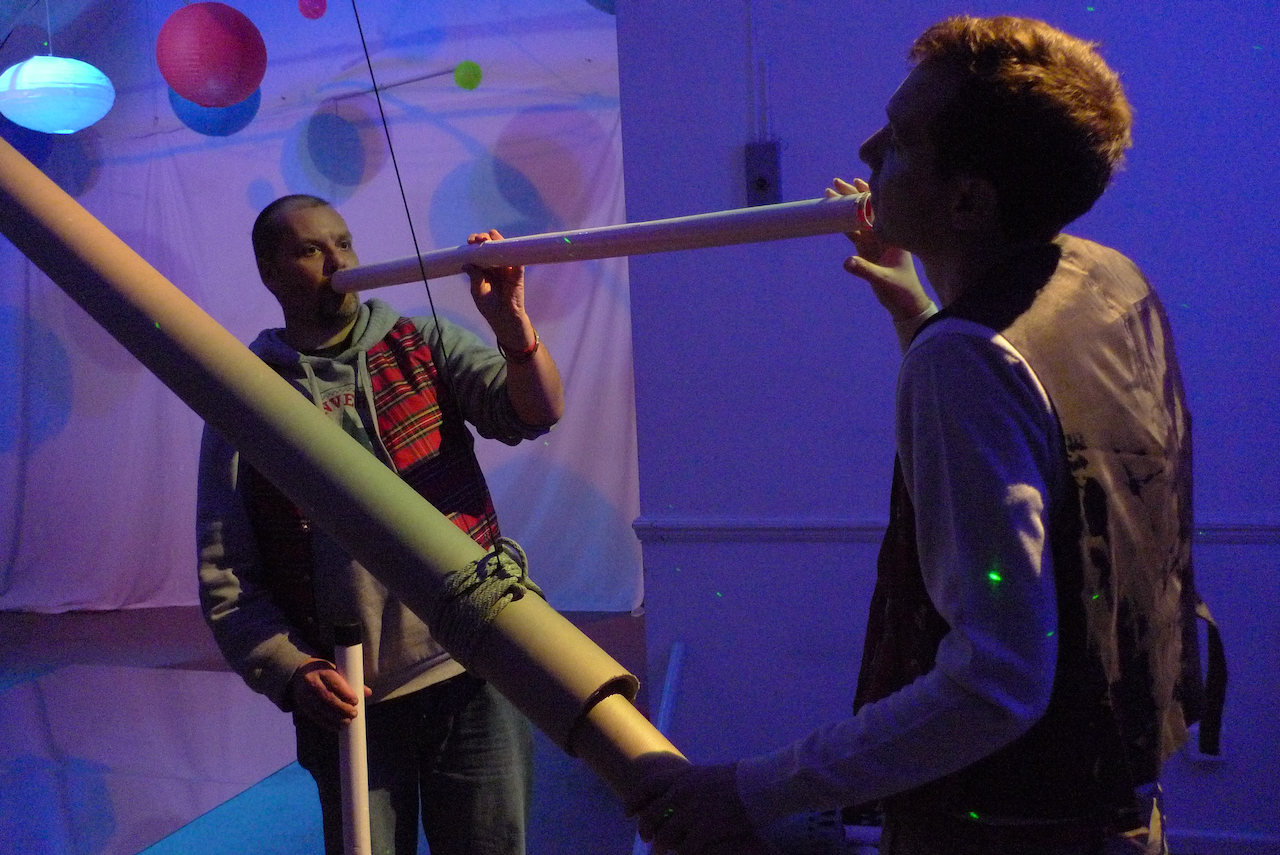
The size and weight of these tubes encourage
cooperative work and play, through helping each other to lift, roll and tilt
them, so work becomes a recognisable social activity.
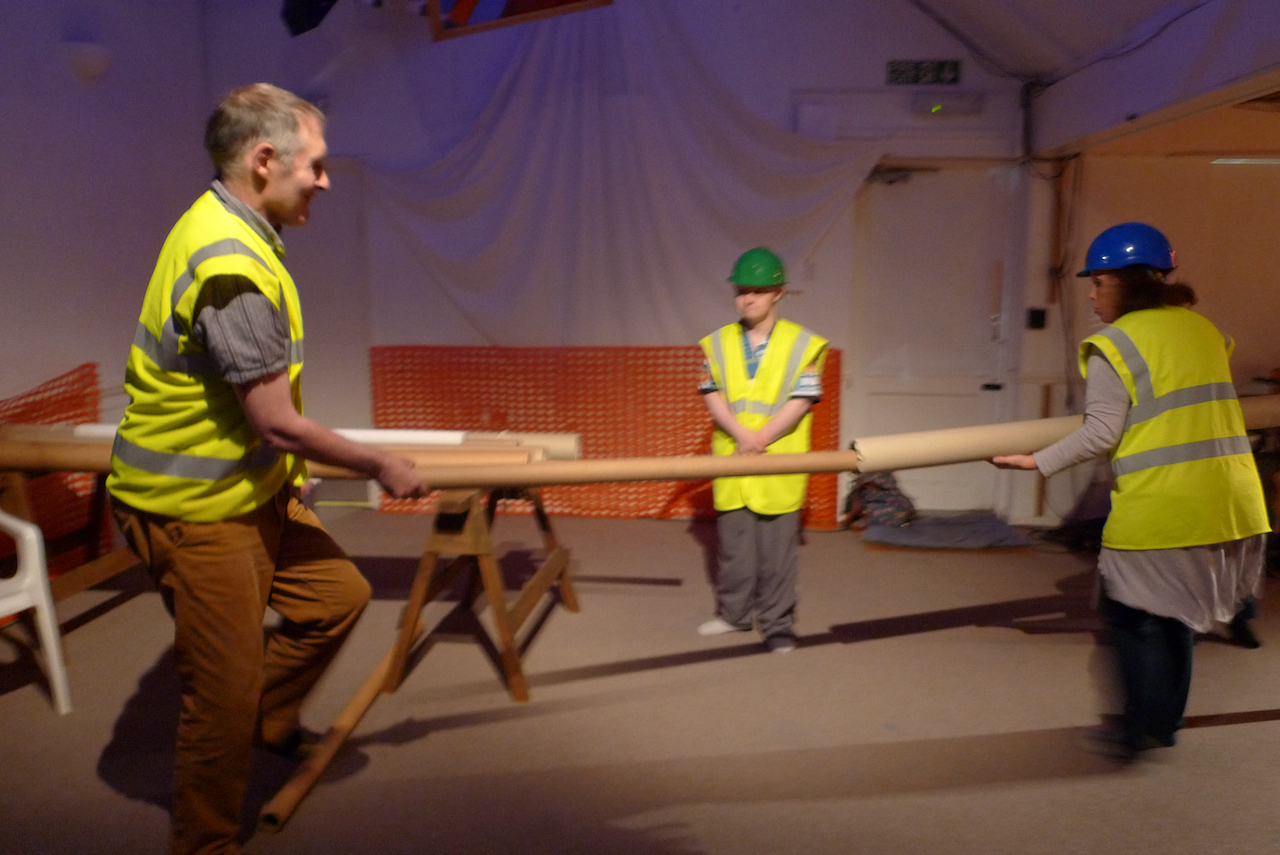
Tubes and half-pipes are also ideal for
'rolling' activities. Put a ball in one end - it disappears and reappears again
at the other - magic!
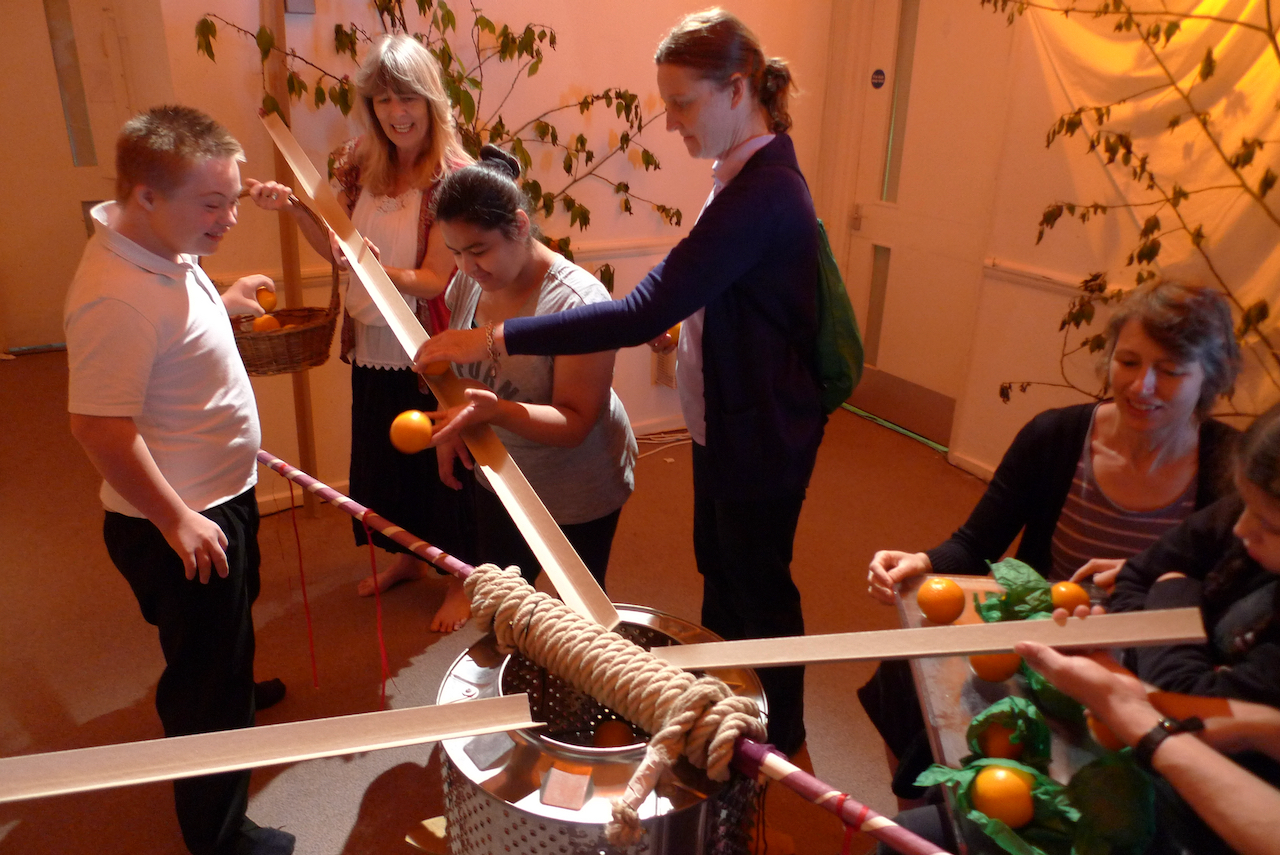

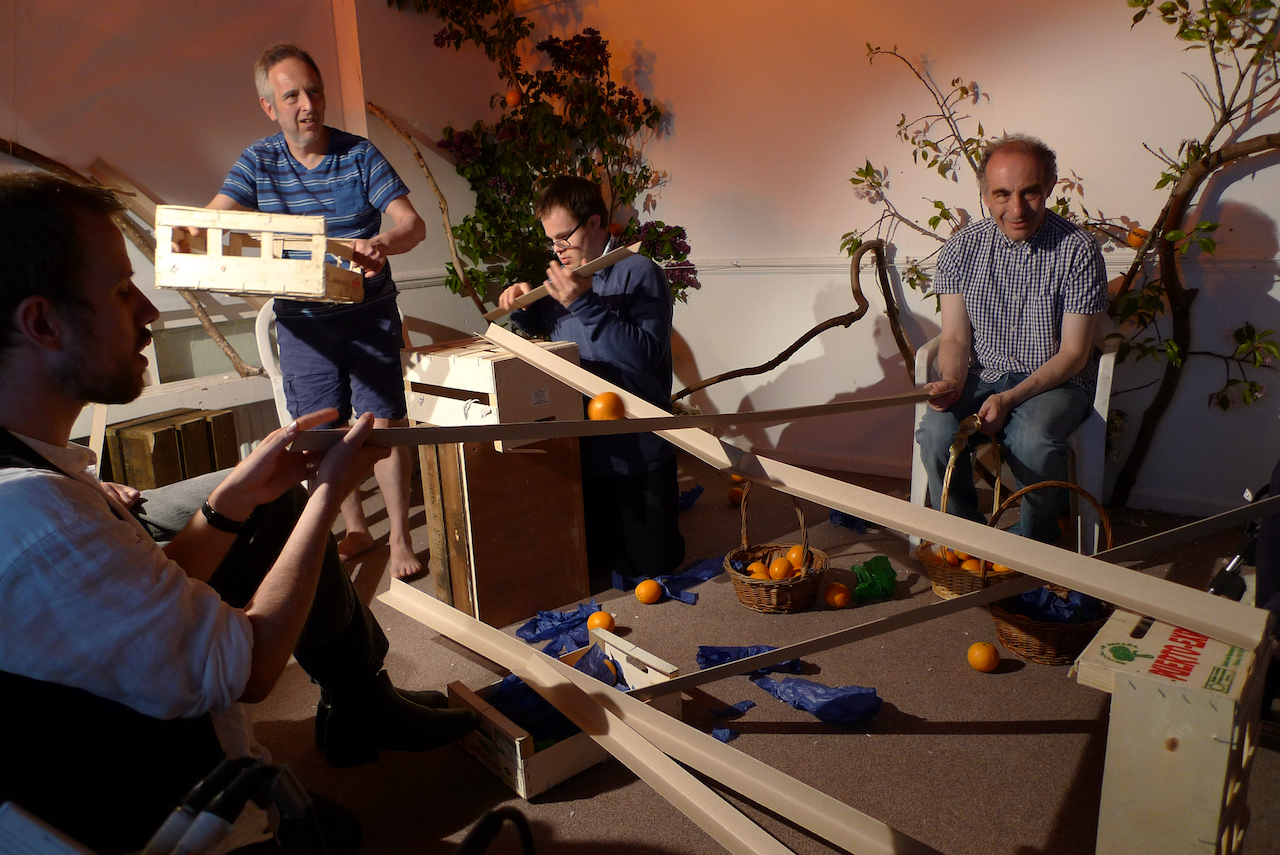
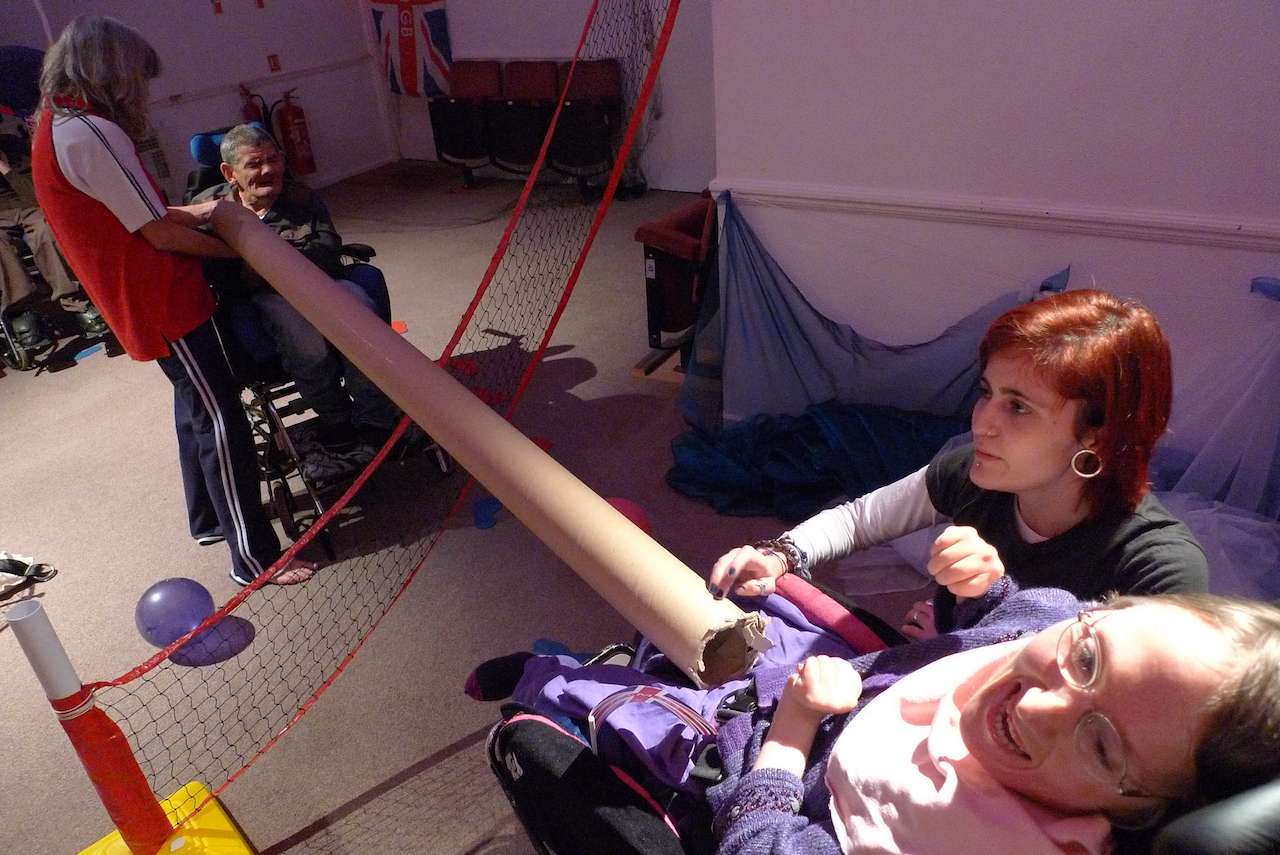
Flexible
Venting is usually white and takes coloured light beautifully, as well as
glowing in the dark when lights are put inside. Like cardboard tubing, it can be used for
rolling activities, with the advantage that objects that light up can be seen
as they move down the pipe.
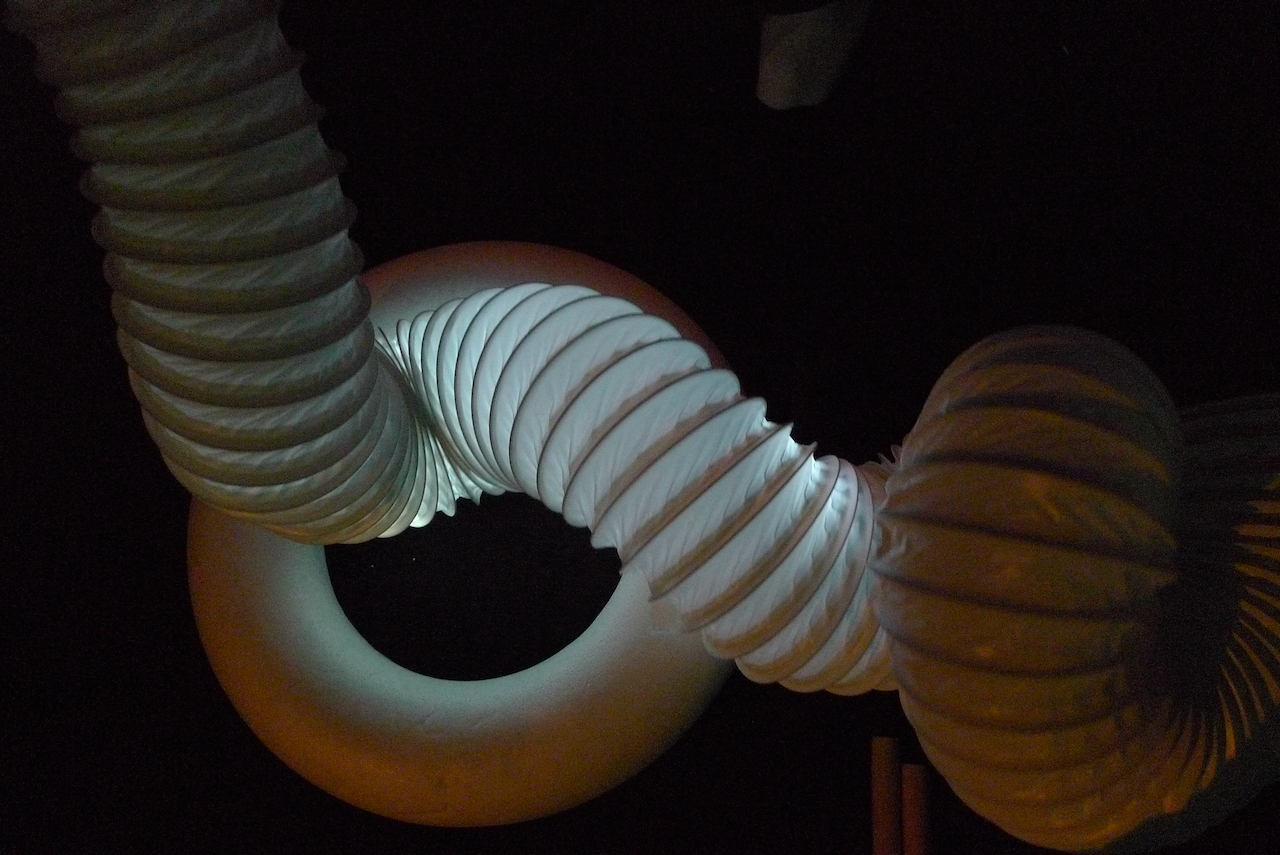
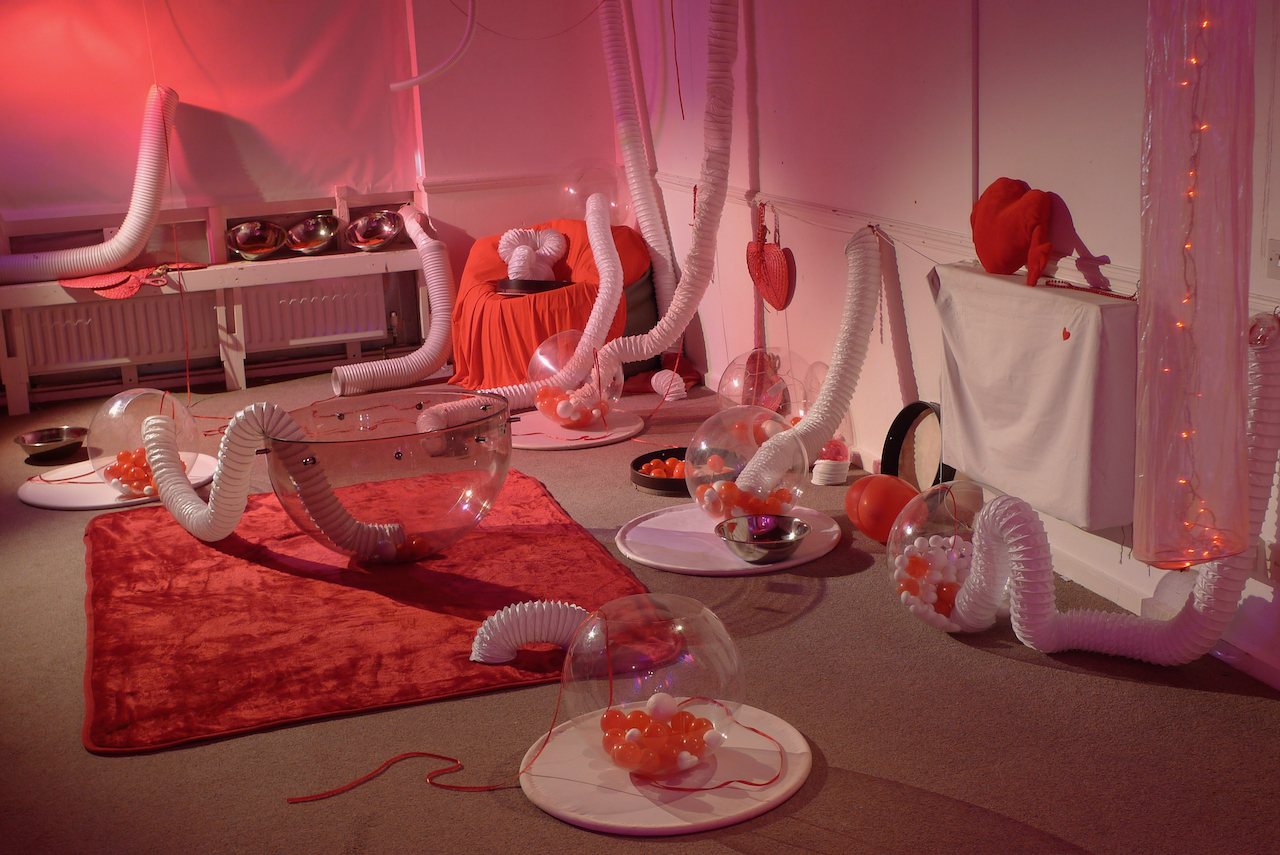

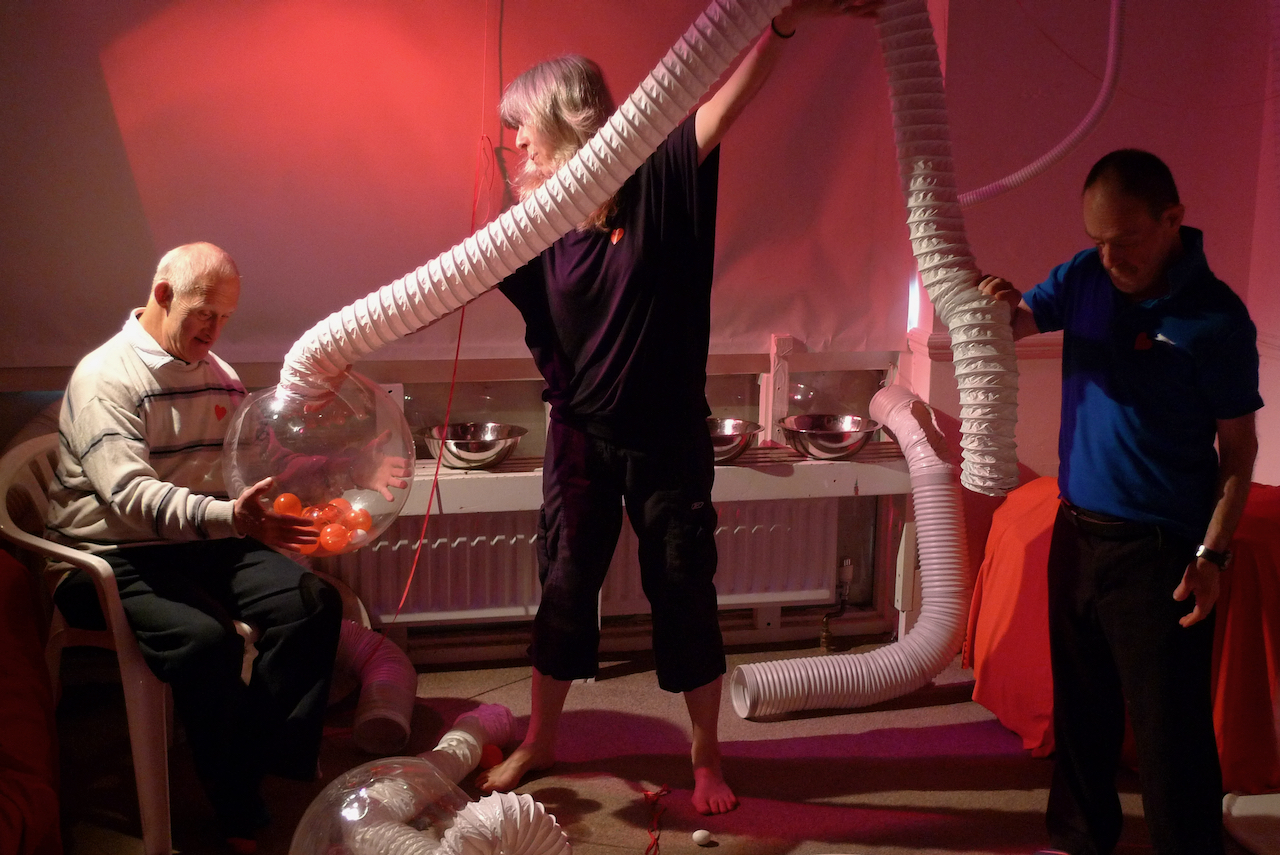

Venting can link people together and encourage
movement. It can be flicked, creating sound and motion,
and wriggled and jiggled like a snake. Try making patterns on the floor to navigate or weave through the space to move under and over
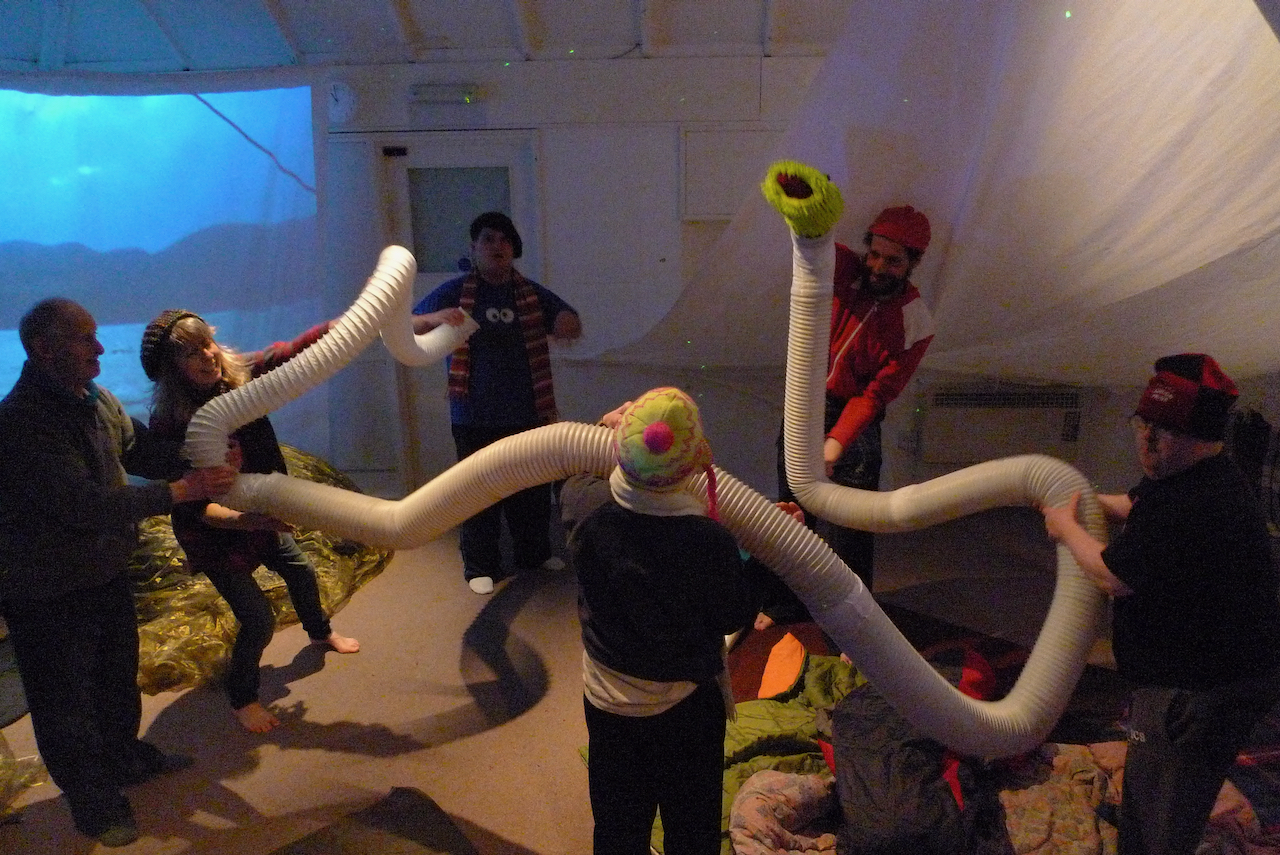
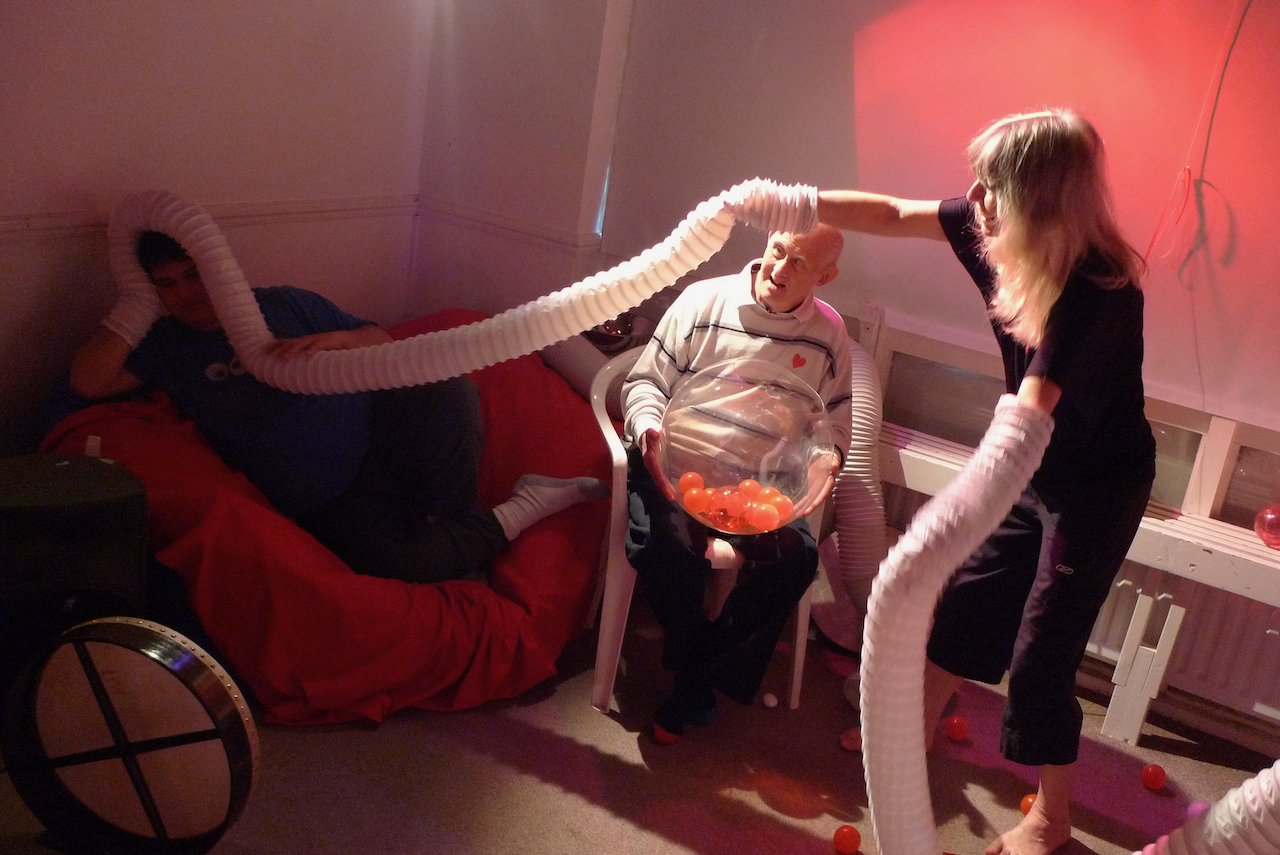
It has certain sonic properties; when its corrugated surface is scraped with a stick it sounds washboard or guiro like. Calling through it while moving creates a wah-wah sound. Small whirrers have the same effect
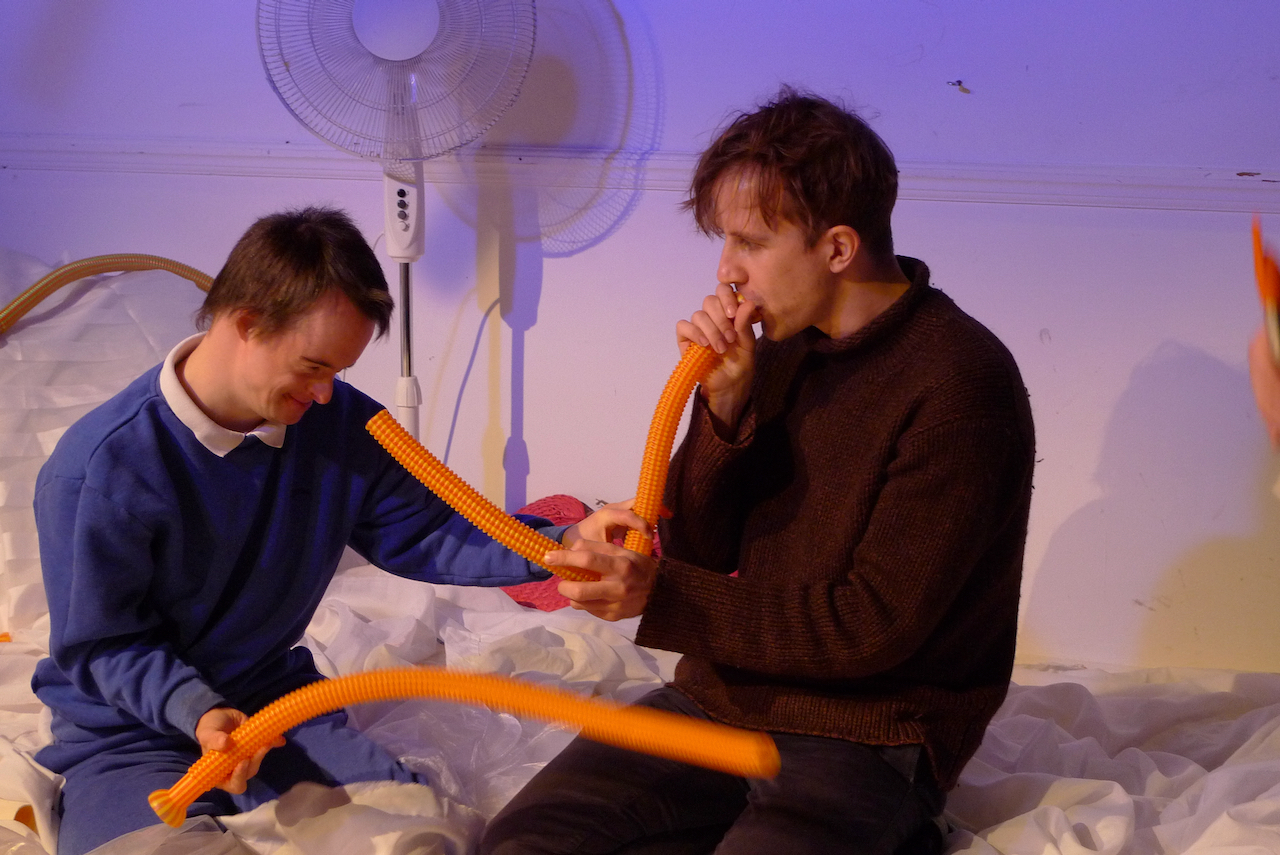
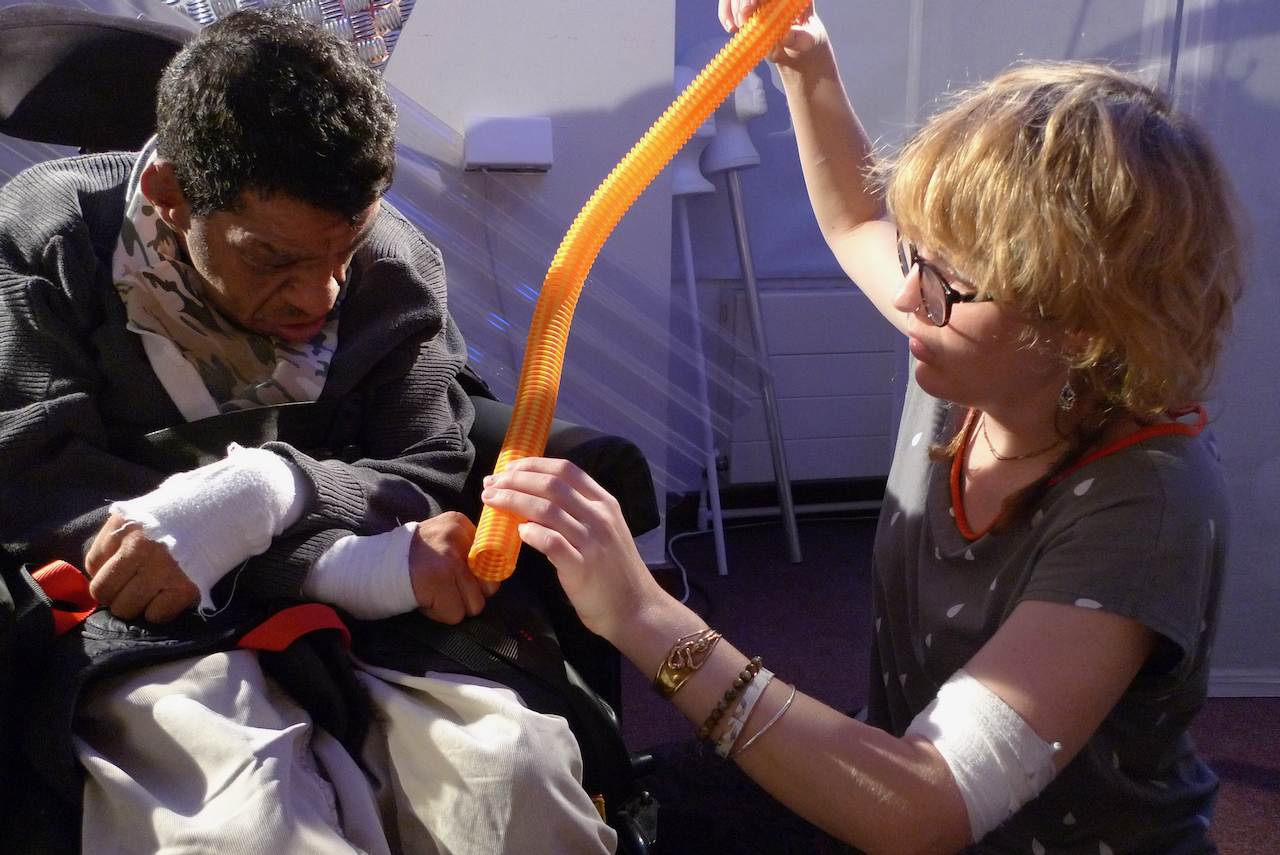
Being very flexible and reasonably robust it is
useful for puppet making, for example to create a Loch Ness monster or giant nautilus

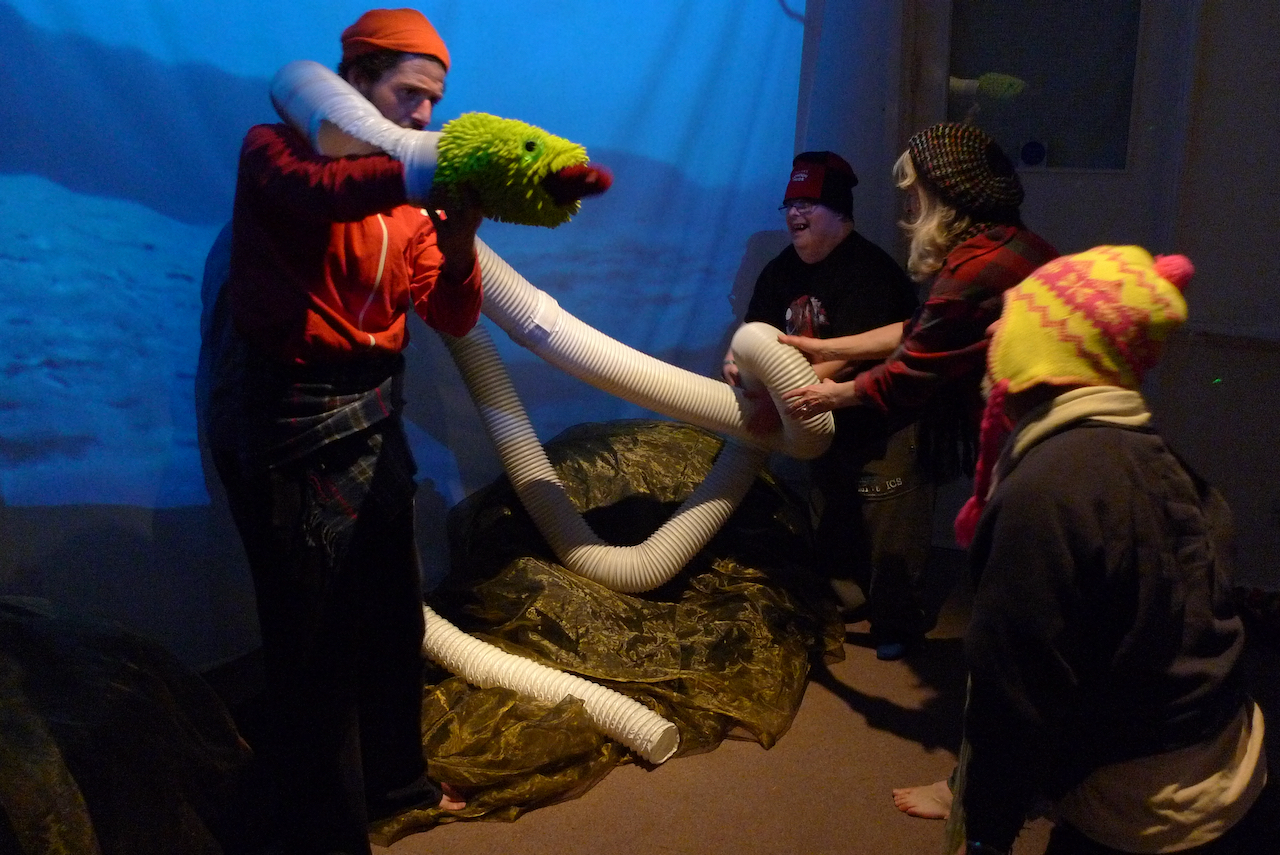

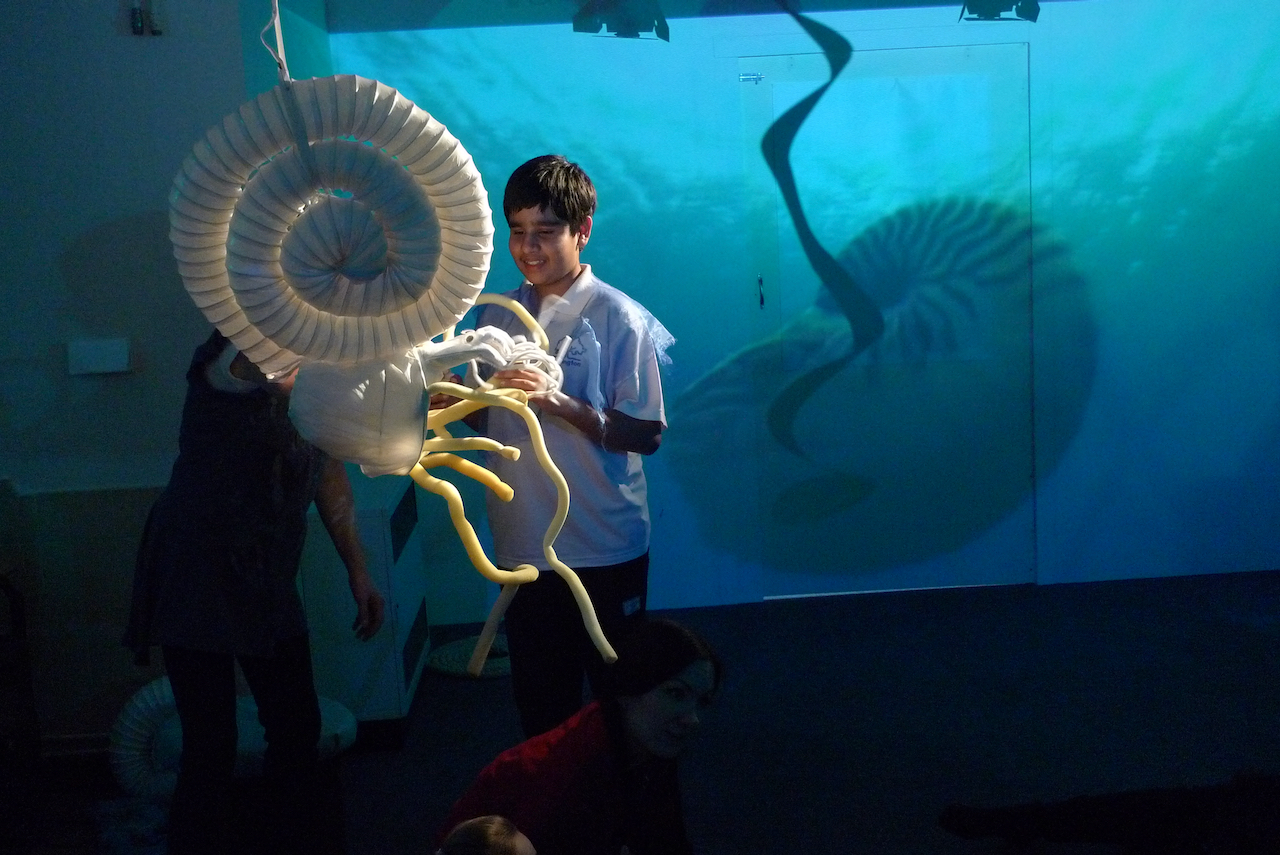
The larger type can be crawled through like
tunnels.
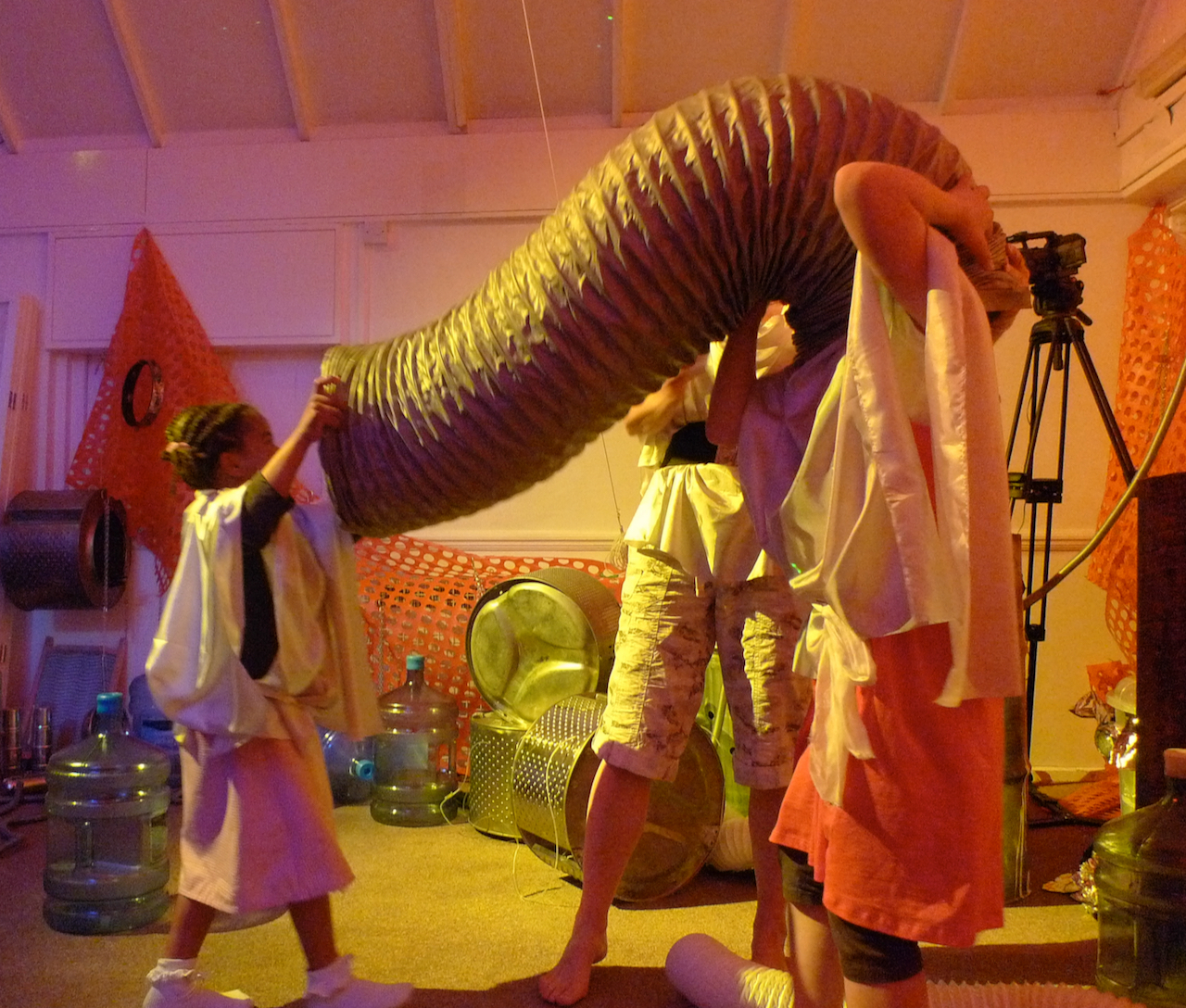
Or worn like costume...
